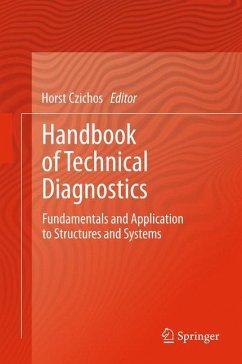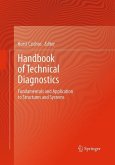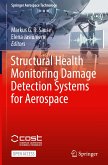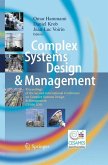This work reviews the detrimental influences on structures and systems that demand long-term tuning by today's engineers. It describes practical and applicable techniques for the detection and analytical evaluation of defects, faults and failures.
This book presents concepts, methods and techniques to examine symptoms of faults and failures of structures, systems and components and to monitor functional performance and structural integrity. The book is organized in five parts. Part A introduces the scope and application of technical diagnostics and gives a comprehensive overview of the physics of failure. Part B presents all relevant methods and techniques for diagnostics and monitoring: from stress, strain, vibration analysis, nondestructive evaluation, thermography and industrial radiology to computed tomography and subsurface microstructural analysis. Part C cores the principles and concepts of technical failure analysis, illustrates case studies, and outlines machinery diagnostics with an emphasis on tribological systems. Part D describes the application of structural health monitoring and performance control to plants and the technical infrastructure, including buildings, bridges, pipelines, electric power stations, offshore wind structures, and railway systems. And finally, Part E is an excursion on diagnostics in arts and culture. The book integrates knowledge of basic sciences and engineering disciplines with contributions from research institutions, academe, and industry, written by internationally known experts from various parts of the world, including Europe, Canada, India, Japan, and USA.
This book presents concepts, methods and techniques to examine symptoms of faults and failures of structures, systems and components and to monitor functional performance and structural integrity. The book is organized in five parts. Part A introduces the scope and application of technical diagnostics and gives a comprehensive overview of the physics of failure. Part B presents all relevant methods and techniques for diagnostics and monitoring: from stress, strain, vibration analysis, nondestructive evaluation, thermography and industrial radiology to computed tomography and subsurface microstructural analysis. Part C cores the principles and concepts of technical failure analysis, illustrates case studies, and outlines machinery diagnostics with an emphasis on tribological systems. Part D describes the application of structural health monitoring and performance control to plants and the technical infrastructure, including buildings, bridges, pipelines, electric power stations, offshore wind structures, and railway systems. And finally, Part E is an excursion on diagnostics in arts and culture. The book integrates knowledge of basic sciences and engineering disciplines with contributions from research institutions, academe, and industry, written by internationally known experts from various parts of the world, including Europe, Canada, India, Japan, and USA.








